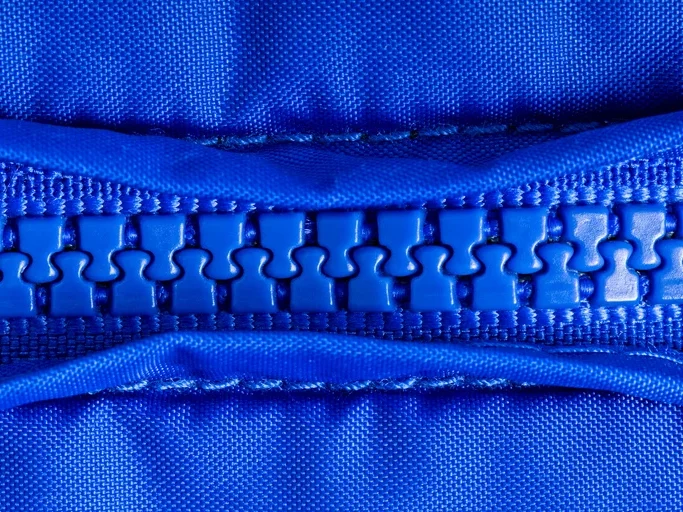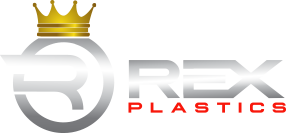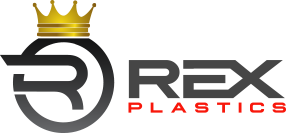- BY nwmcadmin
- POSTED IN 3D Printing, Plastic Injection Molds
- WITH 0 COMMENTS
- PERMALINK
- STANDARD POST TYPE

Polyamide is a versatile and widely used material in various industries, including injection molding. This blog will explore the different types of polyamides, their applications, and why they are an excellent choice for your next injection molding project.
What is polyamide?
Polyamide, commonly known as nylon, is a synthetic polymer. It’s characterized by its amide linkages (a carbonyl group bonded to a nitrogen atom) which provide superior strength and durability. Widely used in textiles, automotive parts, and industrial components, polyamides are prized for their high tensile strength, elasticity, and resistance to chemicals and abrasion. These properties make polyamides a versatile material for various applications, especially in injection molding.
Types of nylon in injection molding & their common uses
Nylon comes in various grades and types, each with unique properties that make them suitable for specific applications. Here are some of the most commonly used types of nylon in injection molding:
Nylon PA 6
Nylon 6, synthesized from caprolactam, is known for its resilience and high tensile strength. It is self-lubricating and exhibits good abrasion resistance. However, it tends to absorb moisture, which can affect its dimensional stability. Common applications include gears, bushings, automobile components, insulators, and connectors. At Rex Plastics, we offer PA 6 in both Black and heat-stabilized Blue grades.
Nylon PA 6/6
Nylon 6/6, created from adipic acid and hexamethylenediamine, boasts higher tensile strength, toughness, and durability than Nylon 6. It absorbs less moisture and has a higher melting point, making it suitable for more demanding applications. Our facility offers natural and glass-filled grades of Nylon 6/6, which are used in a variety of parts requiring high wear resistance and mechanical strength.
Nylon PA 6/12
Nylon 6/12 combines hexamethylenediamine and dodecanedioic acid, resulting in a material that absorbs less moisture and offers good dimensional stability. It is commonly used in toothbrush bristles, fuel lines, cable sheathing, and zippers.
Nylon PA 11
Nylon 11, derived from castor oil, is one of the most sustainable nylons available. It offers excellent impact resistance and flexibility, particularly at low temperatures. Its lower moisture absorption makes it ideal for humid conditions. 3D printers commonly use PA 11 for outdoor applications, ski boots, and parts requiring snap fits and living hinges.
Nylon PA 12
Known for its excellent chemical resistance and low moisture absorption, Nylon 12 is a linear aliphatic polyamide, making it dimensionally stable across various conditions. SLS and Multi Jet Fusion 3D printing use PA 12 for enclosures, fixtures, medical components, automotive fuel systems, and cosmetics packaging. Available in both glass- and mineral-filled versions, it provides enhanced mechanical and thermal properties.
Why would you use nylon for your project?
Nylon’s unique combination of strength, durability, and versatility makes it an ideal choice for many injection molding projects. Its various grades allow for customization based on the specific needs of your application, whether you require high tensile strength, moisture resistance, or flexibility. Nylon also maintains resistance to chemicals and abrasion ensures longevity and reliability in demanding environments.
Contact us today!
At Rex Plastics, we offer a wide range of nylon grades and types for polyamide injection molding, tailored to meet the specific requirements of your project. With over 50 years of experience in the industry, our team is ready to help you bring your ideas to life. Contact us today for a quote and let us assist you in selecting the right material for your next injection molding project.


